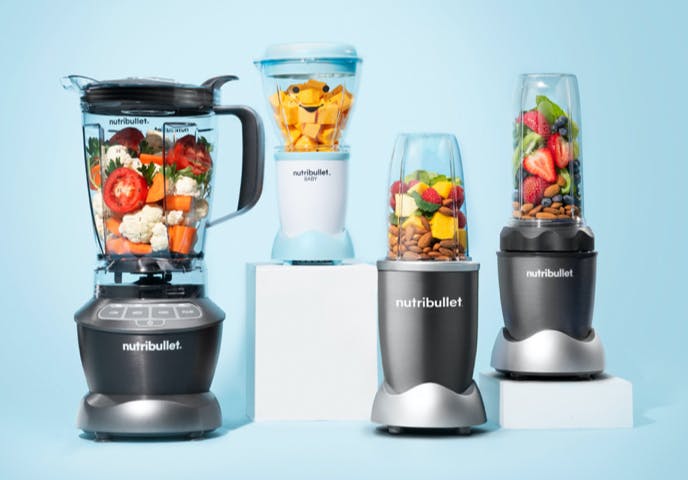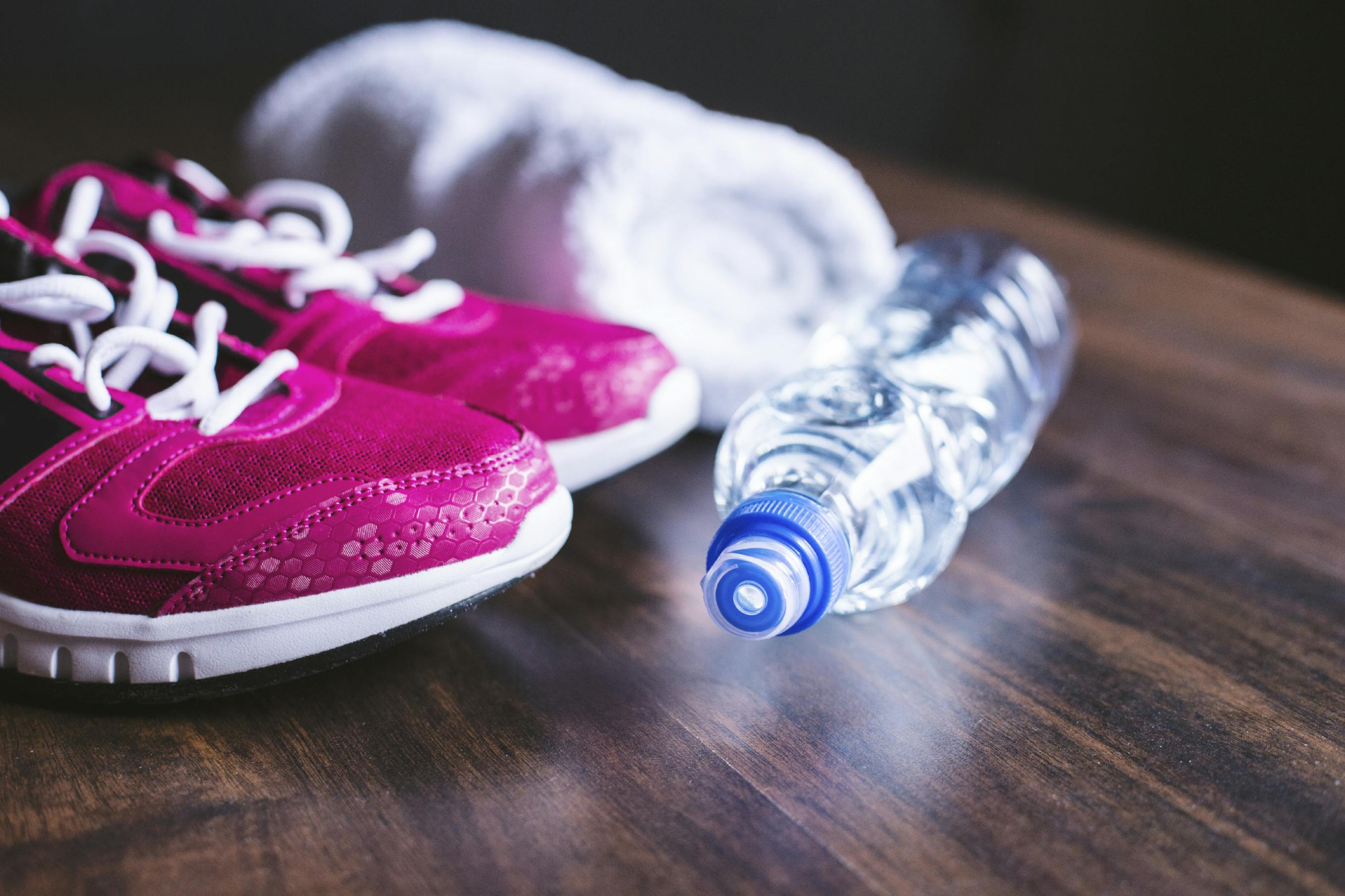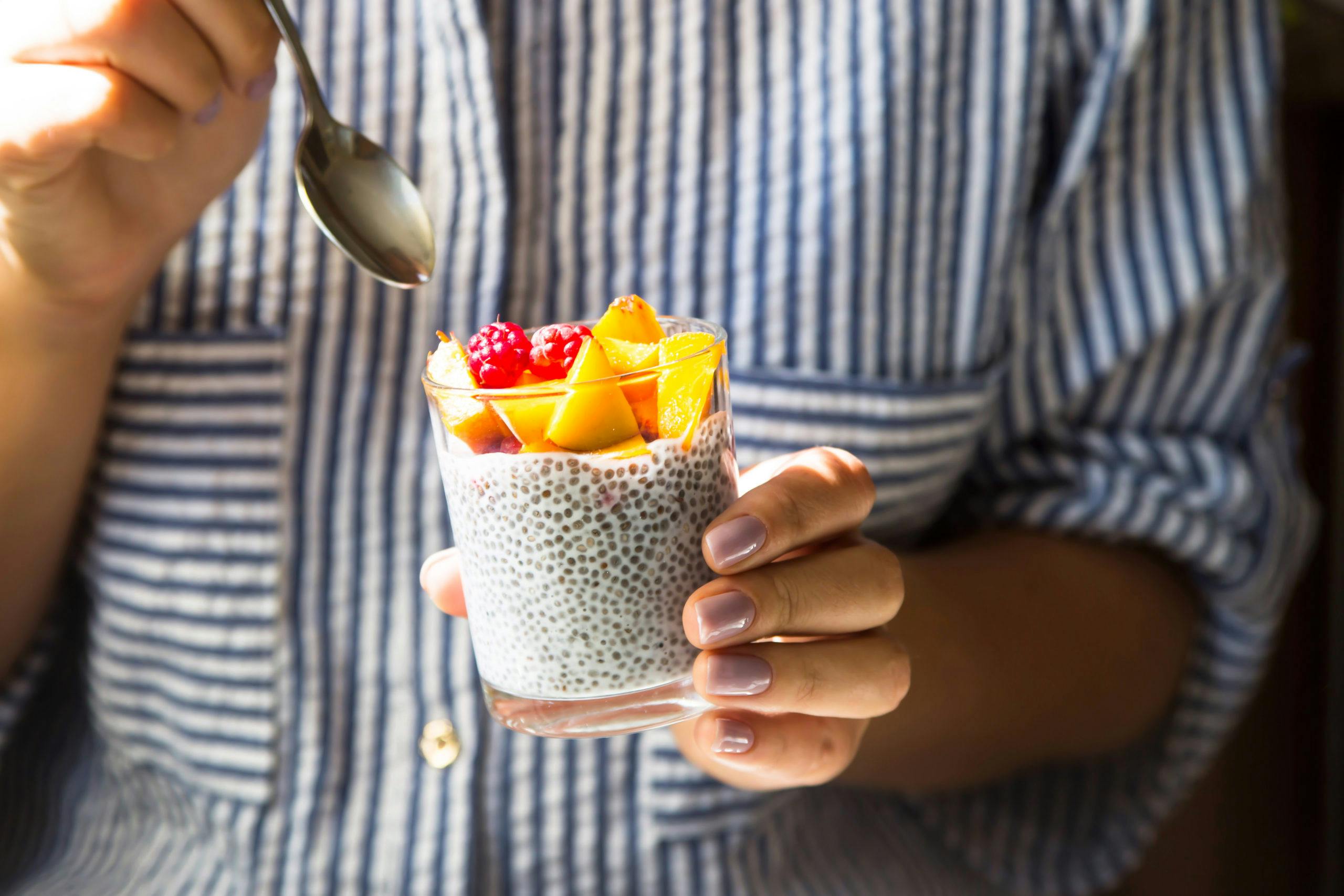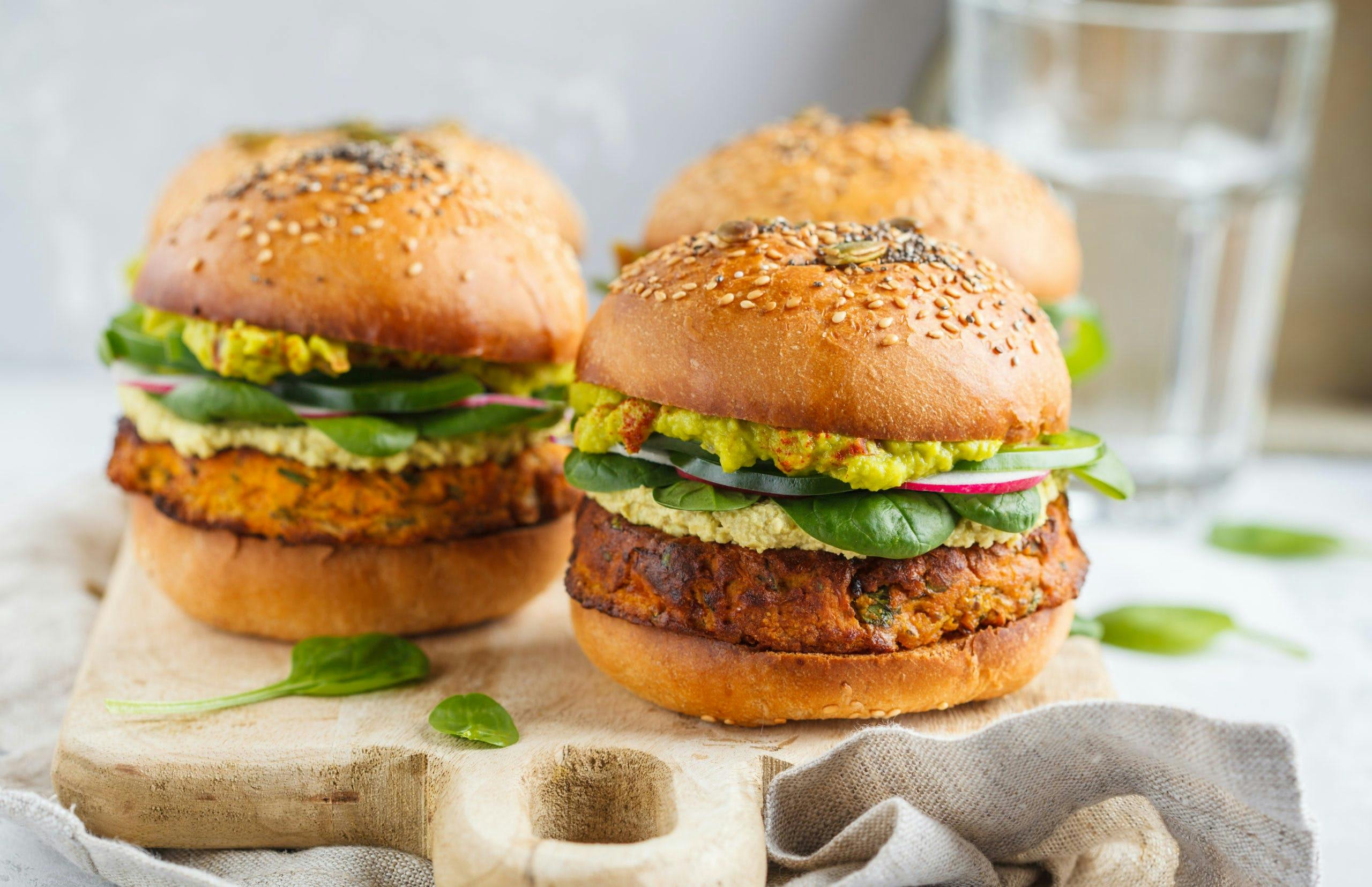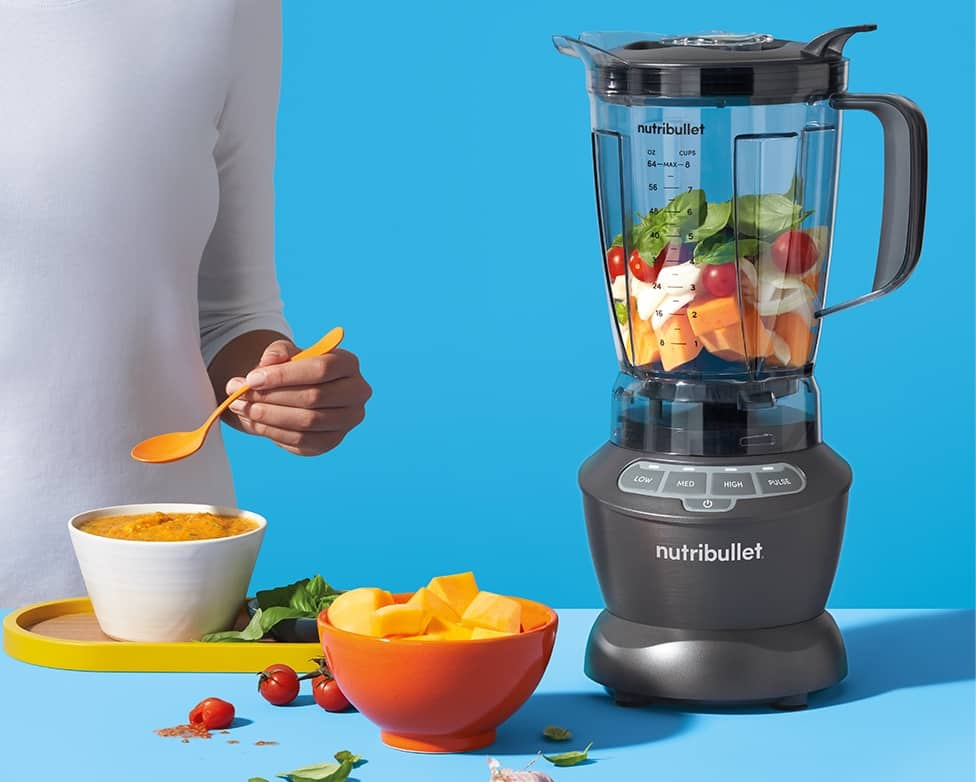Diabetes is a growing problem that can’t be ignored. Currently, 1 in 10 Americans have type 2 diabetes. However, if new cases develop as projected, its prevalence could double or even triple over the next 40 years, according to Ann Albright, director of the Division of Diabetes Translation at the CDC. The rates are predicted to skyrocket by the year 2050. By that time, 1 in every 3 Americans will be diabetic unless we make drastic cultural changes.
Diabetes affects approximately 29.1 million people of all ages in America, or about 9.3 percent of the population. Add to that about 86 million people in the United States with pre-diabetes, which is a stage of insulin resistance that develops before full-blown diabetes. If there’s no intervention, those with pre-diabetes will have diabetes in three to six years.
What is Diabetes?
Type 1 diabetes is an autoimmune condition in which the immune system, for unknown reasons, destroys the insulin producing beta cells in the pancreas. When the body can’t produce insulin, this is type 1 diabetes. Some new evidence from the Broad Institute of MIT and Harvard, Massachusetts General Hospital (MGH), and the DIABIMMUNE Study Group suggests that type 1 diabetes may be related to changes in the body’s microbiome, which is the collection of bacteria and other microbes that live in and on the body, especially in the digestive tract. Type 1 diabetes is not caused by poor diet or lifestyle factors.
Type 2 diabetes is primarily caused by a poor diet and lack of exercise, which lead to insulin resistance, the cells’ inability to recognize the availability of insulin that they can use for energy. An unhealthy lifestyle may also create an environment in which the pancreas doesn’t make enough insulin. Many type 2 diabetics have both insulin resistance and poor insulin production.
There are different types of diabetes. The three metabolic and genetic types are, type I, type II and gestational diabetes. Diabetes can also be caused by medical complications or pharmacological interactions. Steroid drugs, such as prednisone, raise blood sugars levels greatly.
Pre-diabetes is defined as elevated blood glucose levels, however, they’re not at levels high enough to be classified as diabetes. A normal fasting blood glucose reading is below 100 mg/dl. A person with pre-diabetes has a fasting blood glucose level between 100 and 125 mg/dl. If the blood glucose level rises to 126 mg/dl or above, a person is classified as diabetic.
Pre-diabetes can raise your risk of heart disease and stroke by 50 percent. If you are overweight, your risk of developing diabetes or metabolic syndrome is increased greatly. Excess weight is a contributing factor because the extra abdominal fat increases insulin resistance. If you don’t get some of the excess weight off, it’s just a matter of time before you develop diabetes and, potentially, metabolic syndrome.
Carbohydrates and Diabetes
Let me make this statement: not all carbohydrates are bad. In fact, carbohydrates are necessary for life and can help manage healthy blood sugar levels. It’s the type of carbohydrate that makes them good or bad. Carbohydrates from vegetables, fruits, whole grains, beans, peas and lentils are exceptionally healthy for us. The more plant-based foods you eat, the better you can manage your diabetes and, in some cases, even reverse it.
Most people don’t realize this, but flour – even whole grain flour – has a similar effect on the body as refined sugar. In fact, white flour will raise your blood sugar levels faster than refined table sugar. The only flours that won’t raise blood sugar quickly are flours made from sprouted grains, nuts and seeds, such as almond flour and coconut flour, and flour from legumes, such as chickpea flour.
How to Manage Diabetes
If there’s one disease or health condition where diet and lifestyle changes can be effective at reducing the risk or even reversing its symptoms, it is diabetes – type 1 excluded. However, eating with a purpose and making smart choices can help reduce the number of units of insulin needed by type 1 diabetics. Diet and healthy lifestyle changes can certainly help reduce the medication needed to control it.
- Eat more plant-based foods. The more vegetables you eat, the better your results may be. This includes all vegetables (except for white potatoes), low sugar fruits, whole grains, beans and nuts and seeds. At every meal, fill half of your plate with vegetables such as broccoli, cabbage, fennel, radishes, celery, kale, asparagus, spinach, carrots, sweet potato, winter squash, onions, garlic, beets and leafy greens. At least half of your vegetables need to be raw for optimal nutrition.
- Eat more high fiber foods. Fiber slows the absorption of their natural sugars.
- Eliminate as much refined flour and processed foods from your diet as possible. This includes chips, cookies, crackers, pastries, candies, pre-prepared foods like TV dinners, and rice or pastas that have already been spiced and flavored. Also, remove as much bread and cereal from your diet as possible. Only Ezekiel bread is recommended and no more than two slices per day.
- Eliminate all grains except oats, dark brown wild rice, and quinoa. Even whole grains can cause a quick rise in blood sugars. Wheat can make insulin resistance worse. Eat no more than a total of 4 servings of grains per day since they create cravings by raising blood sugar.
- Avoid simple carbohydrates. Complex carbohydrates are great fuel for the body. Aim to get 50 to 60 percent of your daily calories from complex carbohydrates, 25 to 35 percent from heart healthy fats, and the rest from lean protein.
- Reduce your intake of animal foods as much as possible, particularly processed meats. There is a relationship between processed meats and diabetes.
- Eliminate sugary drinks, soft drinks, caffeinated drinks, and fruit juices from your diet. If you have diabetes, avoid coffee. Coffee is a strange subject; studies show that the caffeine in coffee can help prevent diabetes. However, if you already have diabetes, it raises blood glucose and insulin levels.
- Eliminate all dried fruits from your diet. Eat only fresh or frozen berries, apples, plums, peaches and pears. Have only 2 to 3 servings of fruits per day.
- Learn and use the glycemic index and glycemic load.
- Be aware that milk and yogurt contain lactose, a type of sugar in milk. Eight ounces of milk has about 12 grams of sugar. There are also added sugars in flavored milk and yogurt, up to 30 grams of sugar per 6 oz of yogurt. I recommend unsweetened almond milk; it has no sugar and it tastes great!
- Limit fried foods. The extra weight they pack on adds to insulin resistance and can cause heart disease.
- Avoid foods with more than 9 grams of sugar per serving.
- Eat 6 times per day. This helps keep your blood sugar stable by spreading out your food intake in smaller amounts.
- Exercise for at least 30 minutes per day, five days a week. Work up to exercising for an hour a day at a minimum. Physical activity forces cells to use glucose (blood sugar) for energy. Always check with your doctor before beginning an exercise program.
- Lose weight. Just a 10 percent drop in weight can make a big difference in your blood glucose readings.
- Quit smoking and eliminate alcohol as much as possible. Alcohol is another form of sugar. A little red wine, occasionally, is okay.
To summarize; get rid of high-glycemic and chemical-rich foods and eat a healthy, mostly plant-based diet. Every day, drink a smoothie that’s filled with fiber and antioxidant-rich foods and work toward exercising for at least an hour a day. By incorporating these healthy habits into your lifestyle, you can reduce your risk of diabetes and help put an end to this epidemic.
Healthy wishes!










